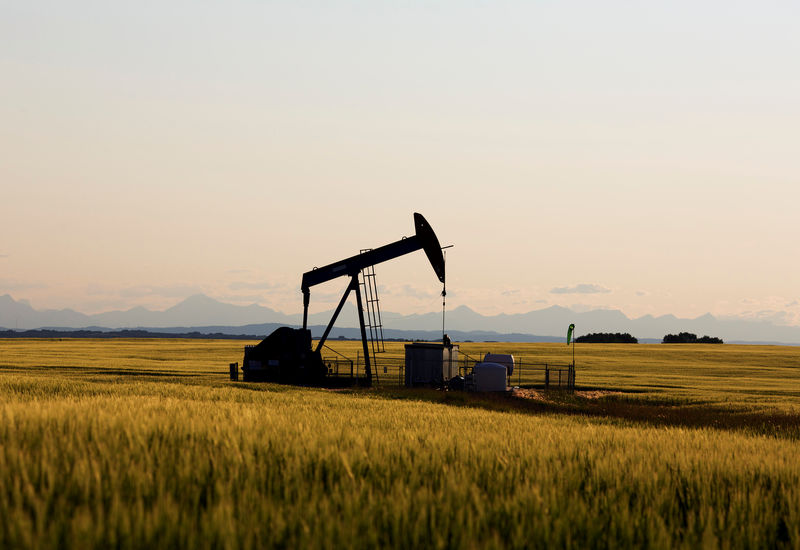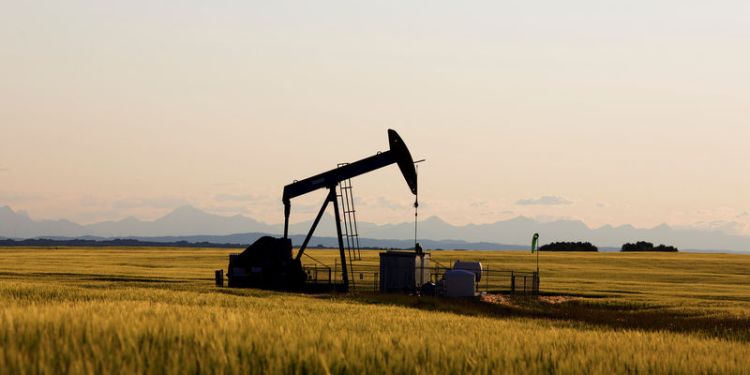 © Reuters. FILE PHOTO: An oil pump jack pumps oil in a field near Calgary
© Reuters. FILE PHOTO: An oil pump jack pumps oil in a field near CalgaryBy Henning Gloystein
SINGAPORE (Reuters) – Oil prices hovered just below 2019 highs on Thursday, bolstered by OPEC-led supply cuts and U.S. sanctions on Venezuela and Iran.
U.S. West Texas Intermediate (WTI) crude oil futures were at $57.30 per barrel at 0046 GMT, up 14 cents, or 0.2 percent, from their last settlement and not far off their 2019 high of $57.55 reached the previous day.
International futures had yet to trade, but also hit a 2019 peak the day before, at $67.38 per barrel.
Hopes that talks between Washington and Beijing would soon resolve the trade disputes between the world’s biggest economies also supported markets.
Prices have been driven up this year by supply cuts led by the Organization of the Petroleum Exporting Countries (OPEC).
OPEC as well as some non-affiliated producers such as Russia agreed late last year to cut output by 1.2 million barrels per day (bpd) to prevent a large supply overhang from growing.
Another price driver has been U.S. sanctions against oil exporters Iran and Venezuela.
“Although there is no lack of resources, there is an increasing lack of access to them,” Britain’s Barclays (LON:) bank said of the sanctions on Wednesday.
The main factor keeping oil prices from rising even further is soaring U.S. oil production, which rose by more than 2 million bpd last year, to a record 11.9 million bpd.
The swelling output has resulted in rising U.S. oil inventories.
oil stocks rose by 1.3 million barrels in the week to Feb. 15 to 448.5 million, according to a weekly report by the American Petroleum Institute on Wednesday.
Official oil inventory and production data is due to be published by the U.S. Energy Information Administration (EIA) after 1800 GMT on Thursday.
Fusion Media or anyone involved with Fusion Media will not accept any liability for loss or damage as a result of reliance on the information including data, quotes, charts and buy/sell signals contained within this website. Please be fully informed regarding the risks and costs associated with trading the financial markets, it is one of the riskiest investment forms possible.
Source: Investing.com




















